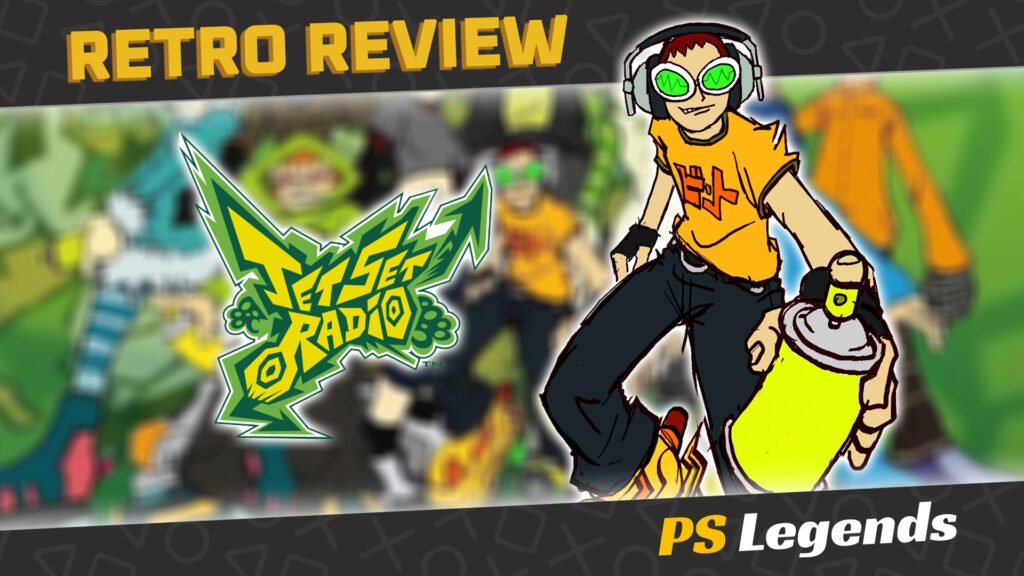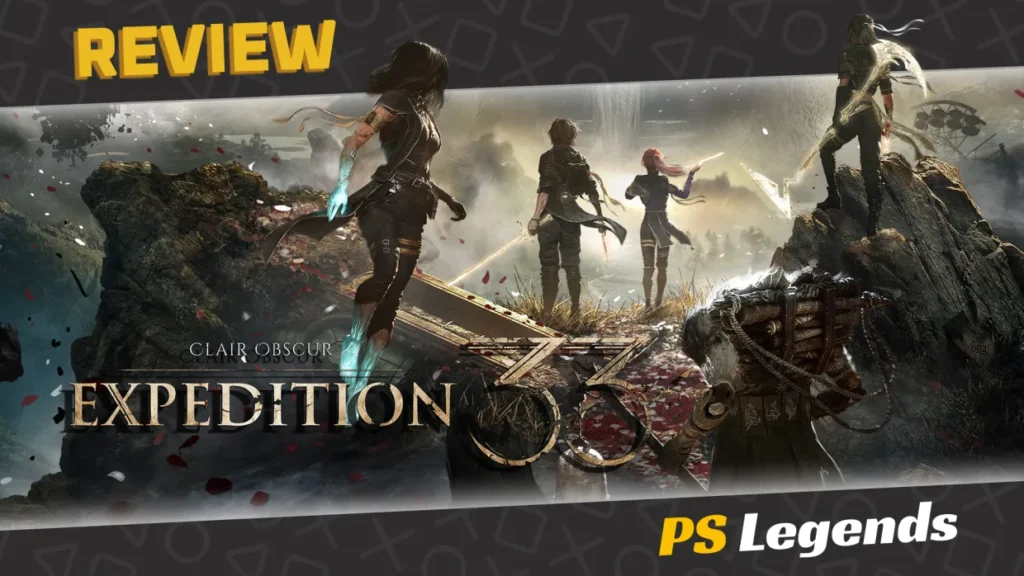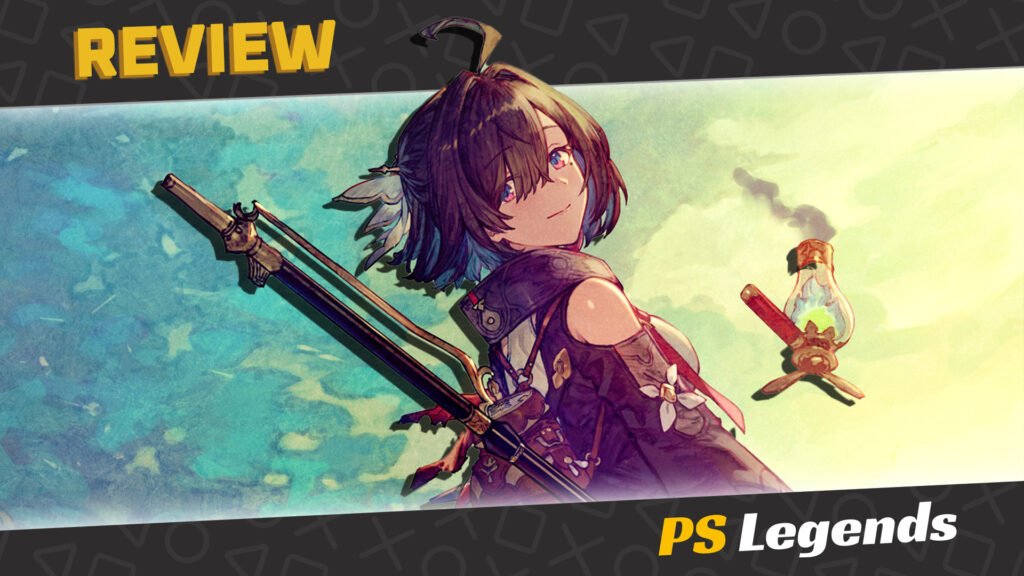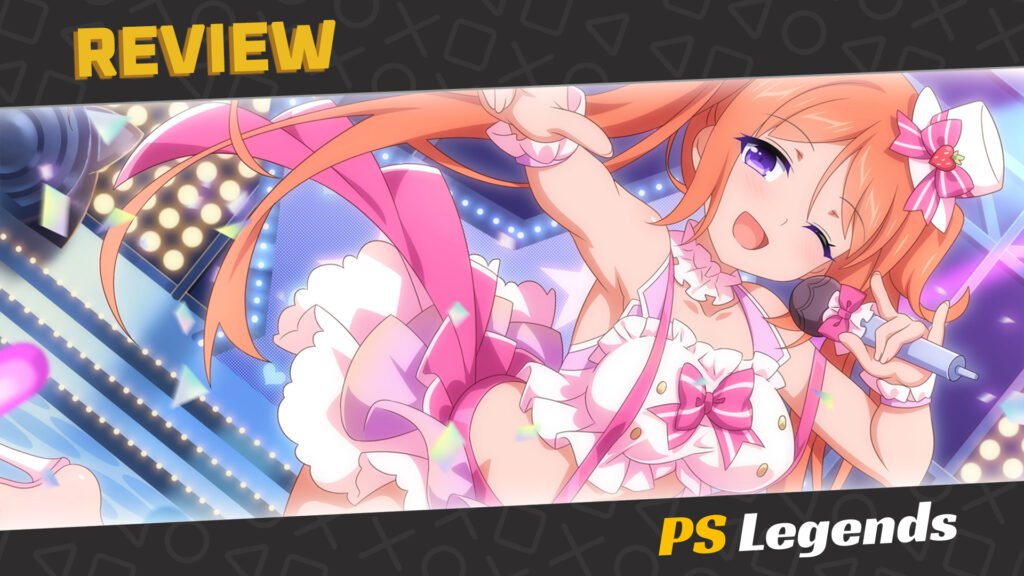The original Jet Set Radio (that’s Jet Grind Radio to our American chums) back on the Dreamcast was one of gaming’s most memorable moments. The cel-shading, the unique soundtrack, the way it was totally different from anything else out there, it wasn’t hard for any gamer to fall in love with it. Now, more than twenty years on, a new generation of gamers can strap on their skates, pick up a can of spray paint and find out what all the fuss was about. But for those of us who still remember the original, has time been kind to it?
Expecting to be blown away the same way you were back in 2000 is an unrealistic expectation, and anyone new to the game will undoubtedly find elements here which have been implemented into other titles with far greater success during the intervening years. Within months of Jet Set Radio’s release, the PS2’s Wild Arms series ‘borrowed’ the cel-shaded engine, and since then you just have to look at the likes of Prince of Persia, The Darkness 2, Borderlands and countless anime-inspired games to find more examples of this now heavily (over)used art-style.
Introduction
Jet Set Radio is a 2000 action game developed by Smilebit and published by Sega for the Dreamcast. The player controls a member of a youth gang, the GGs, as they use inline skates to traverse Tokyo, spraying graffiti, challenging rival gangs, and evading authorities. The team drew influence from late 90s Japanese pop culture, the anti-establishment themes featured in the film Fight Club, and 1980s American hip-hop culture. The environments were based on Tokyo shopping districts in Shibuya and Shinjuku. Jet Set Radio was the first game to use a ‘cel-shaded’ art style reminiscent of action comic books.
In 2012, high-definition ports developed by BlitWorks were released for PlayStation 3 and PlayStation Vita. The ports add features including widescreen HD graphics, online leaderboards, trophies, and a new camera system. It combines the North American, European, and Japanese versions’ soundtracks and adds bonus tracks from Jet Set Radio Future but it omits a couple of the PAL version’s tracks, ‘Yappie Feet’ and ‘Many Styles’ due to licencing issues.
In North America, the PS3 version was released on September 18th, 2012, with PlayStation Plus members able to purchase it earlier on September 11th. The PS3 version was released in Europe the following day. The PlayStation Vita version was scheduled for release on October 16th, but was delayed for development optimisation reasons. It was released on November 20th, 2012 in North America and in Europe the following day. The PS3 and PlayStation Vita versions were released in Japan simultaneously on February 20th, 2013.

Story
The game is set in a fictional alternative to Tokyo, known as ‘Tokyo-To’. Your gang, the ‘GGs’, need to skate around various parts of the city, avoiding the police and ‘tagging’ over the graffiti of rival gangs. It’s a turf war, but one told in a harmlessly cartoony setting. DJ Professor K broadcasts the pirate radio station Jet Set Radio, inspiring anarchy in the various gangs of youths who roam Tokyo-To.
The GGs compete for turf with the all-female jilted ‘Love Shockers’ in the shopping districts of Shibuya-Cho, the cyborg otaku ‘Noise Tanks’ in the Benten entertainment district, and the kaiju-loving ‘Poison Jam’ in the Kogane dockyard. The authorities, led by Captain Onishima, pursue the gangs with riot police and military armaments. After the GGs defeat Poison Jam, Noise Tanks, and Love Shockers in turf wars, they each drop a piece of a mysterious vinyl record. Professor K claims that the mysterious record collected is ‘The Devil’s Contract’ and has the power to summon a demon.

Gameplay
The player controls a member of a gang of graffiti-tagging skaters. The game consists of three types of levels: Street, Rival Showdown, and Trial. The Street levels come in two categories. The first is to tag every graffiti point in each area previously tagged by a rival gang before the timer runs out while evading the authorities. The second category serves as a boss battle of sorts by chasing the rival gang members and spraying graffiti on them. The more graffiti points are sprayed, the more aggressive the authorities become. Graffiti points are marked by arrows and require paint to tag them.
Players can spray graffiti by either pressing a single button or inputting commands using the analog stick depending on the size of the graffiti spot. Players are unable to spray graffiti if they run out of paint, which must be refilled by obtaining yellow and blue spray cans scattered across each stage. Yellow spray cans refill a single spray can, and blue spray cans refill five. Enemies will pursue players and attempt to deplete their health. Health can be replenished by obtaining red and green spray cans. Performing tricks adds bonus points to the player’s overall score and can help the player gain access to areas normally out of reach.
In Rival Showdown levels, more playable characters can be unlocked after they are defeated by matching the rival’s movements in technique sections or by spraying graffiti before the rival in race sections. Trial levels are unlocked after Street and Rival Showdown levels are cleared in a specific area. There are three kinds of trials: Jet Graffiti, Jet Tech, and Jet Crash. In Jet Graffiti, the objective is to spray all graffiti points within the time limit. Jet Tech prioritises obtaining the top score within the time limit. In Jet Crash, the objective is to reach the goal and spray graffiti on it before the opponent. Players can customise their graffiti by choosing presets, or create their own using the Graffiti editor.
The game is mission-based, with the player moving through a set list of objectives that, if completed successfully, open up new parts of the city to explore. The missions tend to build up in difficulty pretty quickly and it’s here where a few of the cracks start to show. One of the frustrations of the original was that it was very hard to control at times, especially when there was a lot happening on-screen. That’s still the case now, as when exiting one grind and trying to jump to the next, it can be impossible to judge the angle at which you will leave the grind, meaning some sections will need to be repeated over and over since you are often left at a major disadvantage.

Graphics/Sound
The soundtrack is still just as catchy as ever and the expanded tracklist, which includes the additional songs featured in the US release (including Rob Zombie’s epic ‘Dragula’) makes a welcome return. What you’ll quickly realise though is that you’re not listening to full songs, but rather continuously looped sections, and when you’ve heard “Jump up, jump up, and get down” for the hundredth time, the novelty of that once awesome soundtrack truly wears off.
The original also suffered from a bit of slowdown, perhaps understandable back in the day, but it’s considerably less understandable when the game is running on the PS3 and it still happens. It’s actually worse now; even the music jumps from time to time, like a budget, non-shock-resistant CD player. The camera swings all over the place, and even though you now have more control over it with a second analog stick, it can still betray you at key moments, and again, leave you at a major disadvantage.

Conclusion
It’s disappointing that the original bugs and performance issues weren’t addressed when porting the game over. This is pretty much an unaltered port of the original but since the game does offer a few minor extra features (trophy support, new leaderboards etc) one can’t help but wonder how simple it might have been to include difficulty options and/or gameplay re-balancing which could drastically reduce all of that on-screen chaos.
While it isn’t fair to expect Jet Set Radio to blow people away like it did originally, it is fair to expect the weird floating and juddering effects when leaving a grind would be sorted, the camera to work like it’s supposed to, and the overall interface to be just a bit more user-friendly. There is still some sliver of entertainment value to be had from the game, even if it hasn’t quite withstood the test of time.
The original concept and setting are still positive features. Perhaps it’s best to treat Jet Set Radio as a bit of gaming history that’s been thrust into a modern-day environment where it isn’t quite so welcome. It doesn’t even look great anymore, as recent examples of cel-shaded games have shown us, not only can they look better, but they usually still look average at best most of the time, with cel-shading now largely considered the lowest budget option for 3D graphics engines.
Still, at its minimal price-point, the title remains something of a bargain when compared to other digital game downloads. You could certainly pay a lot more for a weaker game, but then you could easily pay the same for a better one. Sadly, Jet Set Radio has little to offer nowadays other than a brief nostalgia fix followed by a lot of frustration. It’s enough to put you off trying that NiGHTS… into dreams remake too.
Joys
- Interesting concept
- Lively, colourful world
- Loads of characters
Cons
- Still rather buggy in places
- The camera actually feels worse
- The enemy AI and difficulty are all over the place



